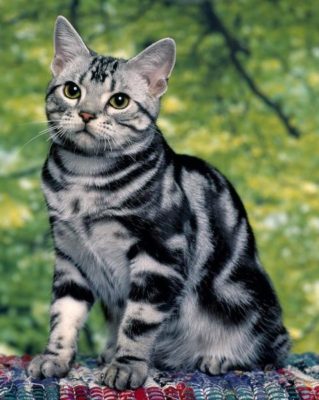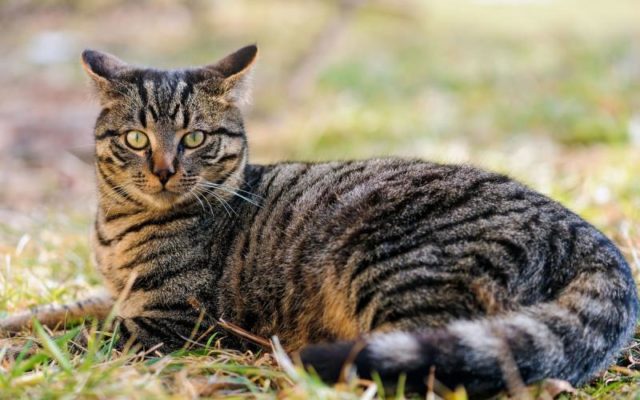Asian (Tabby)
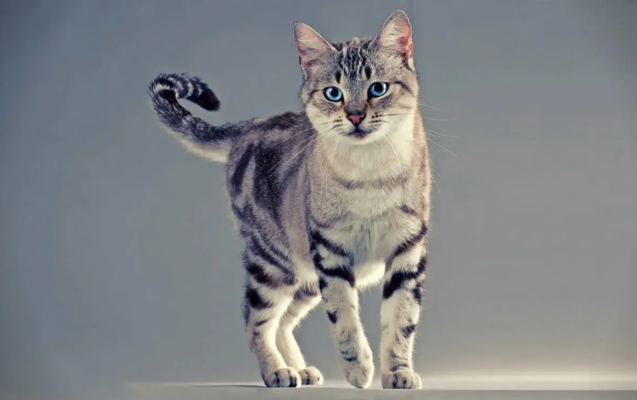
Asian cats inherited neatness, independence, and activity from their relatives, Burmese cats. If you are away for a long time, the pets will find something to occupy them. They are endowed with a sharp mind. Often owners say that cats understand them from a word.
Table of Contents
Breed Information
| Origin | United Kingdom |
| Size | 26-32 cm |
| Weight | 5-8 kg |
| Fur Type | Short-haired |
| Color | Tabby with spotted, marbled, tiger or tikkit pattern |
| Lifestyle | Outdoors, indoors |
| Lifespan | 10-20 years |
| FIFe Classification | – |
| WCF Classification | Group 3: “Short-haired” Breed designation – ASI |
| TICA Classification | – |
| Group | Short-haired cats, apartment cats |
| Price | $700-1000 |
Breed Photos
Origin History
The Asian tabby was born as a result of painstaking work by felinologists. Scientists wanted to create a breed whose body would be both graceful and athletic. At the same time, they had to be distinguished by pride. The British managed to create such a cat in 1981. They crossed the muscular Burmese cat with the Persian chinchilla, distinguished by its long snow-white coat. Then they mated the new breed with an Abyssinian and then again with a Persian. The result is an animal with the character of an Abyssinian, the restraint of a Persian aristocrat, and a Burma’s physique.
In the 1990s, representatives of the breed were officially recognized by several international organizations, including the WCF. Today Asian cats live in homes all over the world. In CIS countries, they only begin to gain momentum. Their number is not very large, and the cost of a kitten can reach $1000.
Appearance
Representatives of the breed are medium-sized cats. They have a pronounced sexual dimorphism: cats are larger than cats. The Asian tabby has an elongated, strong torso. Strong bones with a well-developed body. All parts of the body are well-proportioned, which gives the English gracefulness. The front limbs are slightly lower than the hind limbs. The thin, straight tail of medium length. The wedge-shaped head with a flat, wide muzzle. Ears set wide and tilted forward. The pet’s eyes are large, almond-shaped. The color acquires any of the shades of yellow-green: from lemon to golden.
The Asian cat got the best features from its ancestors. The fur of representatives of the breed is soft, short, and shiny. Initially, animals were available in only three colors: monochrome, gray, and brown. But the work of felinologists contributed to the appearance of several subspecies:
- asian homogeneous;
- burmilla;
- smoky;
- tabby;
- tiffany, etc.
Character
Asian cats inherited neatness, independence, and activity from their relatives, Burmese cats. If you are away for a long time, the pets will find something to occupy them. They are endowed with a sharp mind. Often owners say that cats understand them from a word.
Representatives of the breed love to be alone and will not interfere with petting at an inopportune moment. They will not make a chase in the house, so you don’t have to worry about household items’ integrity. Cats easily get along with children and other animals. They do not seek to become leaders, but they do not give offense.
Care
Asian tabbies do not need any special care. They do not have an undercoat, so they do not have a lot of shedding. But once a week, it is still worth combing the hair with a special mitten to remove dead hair. Cats are clean by nature and do not need frequent bathing. During the molting period, two or three times is enough.
Train your pet to check his eyes and teeth at least three times a week from childhood. As a preventive measure, you can give solid treats to naturally clean plaque from the teeth. Also, nail filing should be done regularly.
Education
Representatives of the breed do not need walking. They are innate homebodies – the street does not attract them. For them, to spend the day alone in a quiet place is the best rest. You can even buy a special house or make one yourself. If you accustom the kitten to the litter box since childhood, there will be no future problems.
Common Diseases
Asian cats are endowed with good health. They are not prone to genetic diseases. With proper care, a balanced diet, and regular checkups at the vet, tabbies live up to 20 years. Don’t forget vaccinations and measures against external and internal parasites.
Nutrition
If you choose a non-natural diet for your cat’s food, choose food according to the cat’s age and lifestyle. Don’t overfeed tabbies, as they are prone to obesity. Prefer natural foods. Also, make sure they have constant access to clean water.
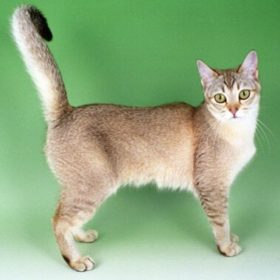 Burmilla Shorthair
Burmilla Shorthair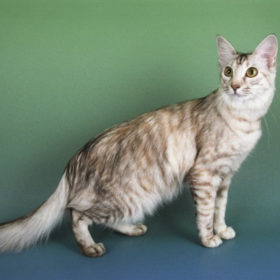 Oriental Longhair
Oriental Longhair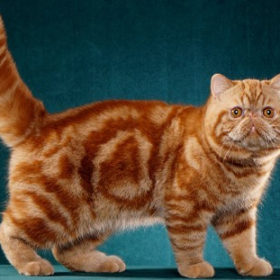 Exotic Shorthair
Exotic Shorthair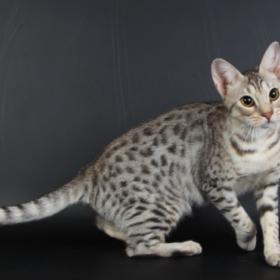 Australian Mist
Australian Mist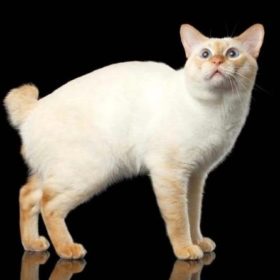 Mekong Bobtail
Mekong Bobtail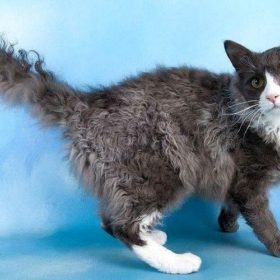 LaPerm Longhair
LaPerm Longhair